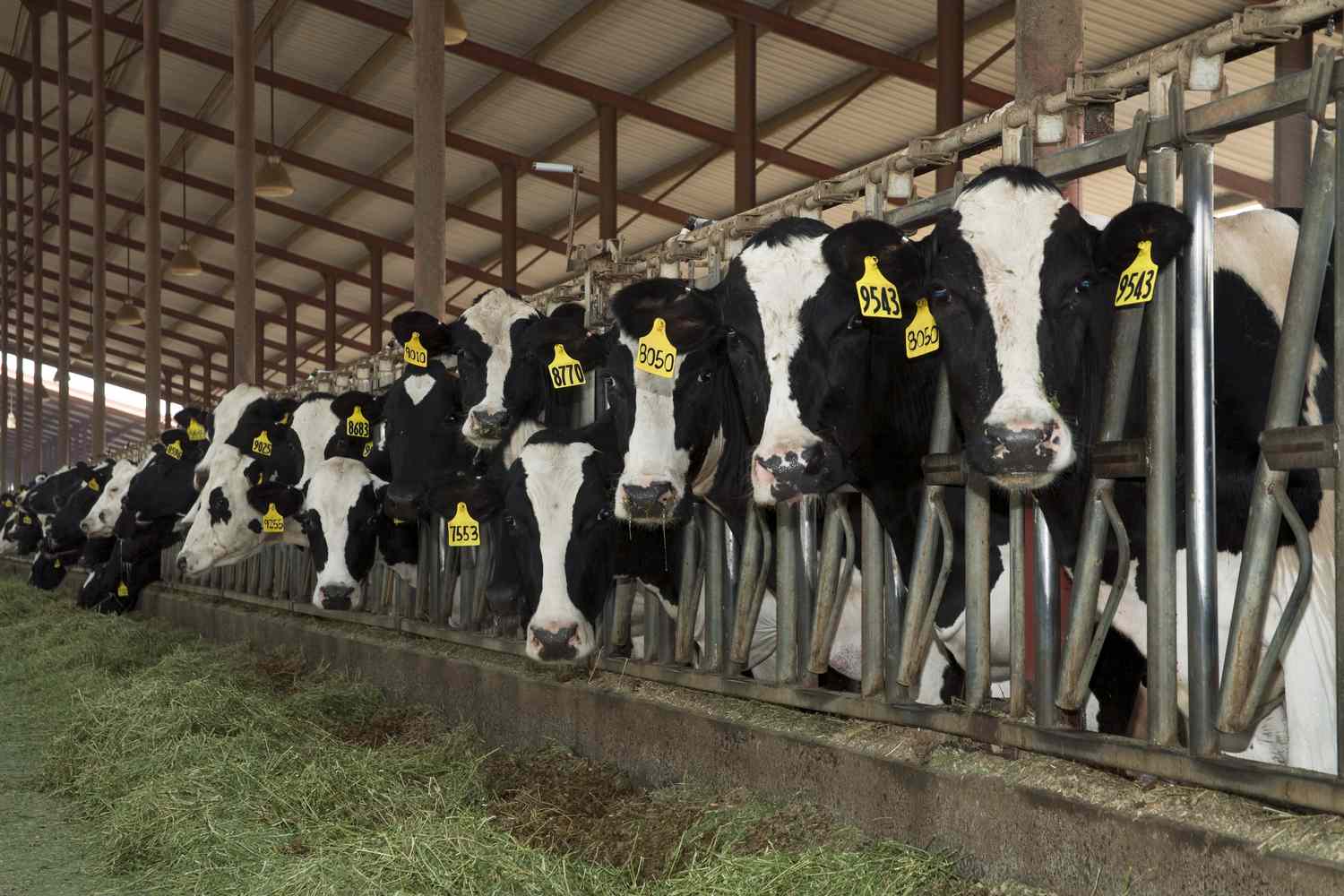Why Now Could Be The Right Time To Go Green With Your Investments


Why Green Tech Matters Now
Investors poured a record $2.1 trillion into green technology such as electrified transport, renewable energy, and power grids last year, according to research provider BloombergNEF’s latest Energy Transition Investment Trends report. Although this record showed slower growth from previous years, it’s also evidence of investors’ hunger for technology that will decrease humanity’s carbon footprint while generating returns.
Solutions are badly needed to stave off the worst effects of climate change, according to the United Nations Environment Programme. In its Emissions Gap Report 2024, the organization found total greenhouse gas emissions increased 1.3% from 2022 to 2023, with the power, transportation, agriculture, and industry sectors being the biggest contributors. The group found that the largest countries are behind on their climate goals.
While the situation appears dire, it also presents significant opportunities for innovative solutions and for investors to get behind them.
Key Takeaways
- Global investment in green tech hit a record $2.1 trillion in 2024, led by China. The U.S. saw flat green tech investment year-over-year.
- Electrified transport and renewable energy are the two categories of green tech that received the bulk of funding.
- Green tech investing differs from ESG, a broader category that evaluates companies’ environmental, social, and governance practices.
- Risks to green tech investing include shifting regulations, greenwashing, and tech obsolescence.
What Is Green Technology?
Green technology is a wide category, and covers everything from electric vehicles and aircraft; renewable power sources such as solar panels, wind turbines, hydropower, and some forms of nuclear; power; alternative power sources including hydrogen and biofuels; and more efficient waste management and carbon capture and storage systems.
What these technologies have in common is that they are designed to minimize the environmental impact of human activities, hence reducing or reversing the negative consequences of climate change.
It’s worth noting that none of these technologies comes without ramifications. For example, the mining and processing of the materials needed for electric vehicle batteries—lithium, cobalt, and nickel—have an environmental toll and lead to air and water pollution. Solar panels also have potential negative consequences, with concerns about many older panels eventually becoming waste. While there are risks, green technology is still much better for the planet than legacy technology and will help countries reach their environmental goals.
The State of the Market
Investors have been steadily betting on green technology over the past few years. According to BloombergNEF, from 2021 to 2023, investment in energy transition technologies jumped by 24% to 29% each year. Although the growth rate slowed last year to 11%, green investments still set a record at $2.1 trillion. So, how did this impressive tally break down by industry?
- Electrified transport: This category, which includes passenger EVs, electric two- and three-wheelers, commercial electric vehicles, public charging infrastructure, and fuel cell vehicles, claimed the bulk of the monies with $757 billion in 2024.
- Renewable energy: Last year, investors invested $728 billion in this category, which includes on- and offshore wind, solar, biofuels, biomass and waste, marine, geothermal, and small hydro.
- Power grids: Expect this category to receive more attention in the coming years as the thirst for power increases with the use of artificial intelligence. Last year, investment in
transmission and distribution lines, substation equipment, and the digitalization of the grid totaled $390 billion. BloombergNEF projects an 84% increase in renewable generation over the next five years due to new data center demands. - Emerging technologies: Electrified heat, hydrogen, carbon capture and storage, nuclear, clean industry, and clean shipping raised $155 billion last year, an overall drop of 23% year-on-year. BloombergNEF attributes the decline to affordability, technology maturity, and commercial scalability.
So, who drove much of the growth in green technology investing? No surprises, but China accounted for $818 billion of investment in 2024, up 20% from 2023. Chinese investors are all in on green technology, with total investment last year greater than the combined investment of the U.S., EU, and U.K., which had fueled the growth in 2023.
Note
Green technology investing stagnated in the U.S., at only $338 billion. In the EU and the U.K., green tech investments declined from the year before, at $375 billion and $65.3 billion, respectively.
Green Technology Investment Opportunities
If you’re interested in putting your dollars behind technology to slow down the effects of climate change, how do you start?
First, let’s clear one thing up: the difference between green tech and broader ESG investing. ESG, which stands for environmental, social, and governance, is a mechanism for more socially conscious investors to evaluate companies based on their environmental footprint, treatment of employees, and governance structure. ESG investing is broad and applies to all types of companies. Green tech investing, on the other hand, is narrowly focused on companies’ sustainable solutions.
There are multiple ways to back companies that are creating green tech:
- Stocks: Investors can buy the stock of green tech companies, such as wind and solar energy producer NextEra Energy, solar panel manufacturer First Solar, nuclear power plant operator Constellation Energy, and EV maker Tesla.
- ETFs: Exchange-traded funds are a collection of stocks under one theme. With green tech, examples would include ETFs around renewable energy, nuclear power, or Chinese companies. According to ETF database provider VettaFi, the largest alternative energy ETFs by assets held as of May 2025 were First Trust Nasdaq Clean Edge Smart GRID Infrastructure Index, iShares Global Clean Energy ETF, and VanEck Uranium and Nuclear ETF.
- Mutual funds: These companies pool money from many investors to buy up stocks, bonds, and short-term debt. Buying a share in a mutual fund denotes part ownership in the fund and the income it generates. There are many mutual funds dedicated to sustainability, with some of the largest by assets under management including Parnassus Core Equity Fund, Calvert Equity Fund, and Putnam Sustainable Leaders Fund.
Risks and Challenges
Of course, like any other kind of investing, putting your money behind green technology comes with risk. These include:
- Financial risk: Numerous circumstances could affect the performance of a stock, ETF, or mutual fund, including a company’s access to cash and credit, competition, and the actions of governments. That last factor became more prominent this year, with the Trump Administration eliminating or phasing out parts of the Inflation Reduction Act, which green tech companies relied on for tax credits. Due to this, clean energy manufacturers have already canceled projects, which could make investors wary of backing companies in the future.
- Regulatory risk: Investors prefer stability. If things are constantly changing, it makes it harder to create goals and plans for the coming years. Industries such as energy and transportation are highly subject to government action. Companies need assurances that policy won’t impact their businesses.
- Technological risks: Green technology companies succeed or fail based on how well their products perform and reduce the effects of climate change. If one company makes a technological breakthrough or reaches a higher efficiency level, it could lead to investors pulling their money from competitors. In a worst-case scenario, a company’s solution can be rendered obsolete or impractical.
- Greenwashing: This is especially a concern among ESG investors. When companies greenwash, they convey a false impression or provide misleading information to make their products appear more environmentally sound. For example, a company may cherry-pick data to downplay the environmental impact of its products (like in Volkswagen’s emissions scandal). With green tech companies, they may greenwash to play up the sustainability elements of their products.
What’s the Best Place To Start With Green Tech Investing?
Choose companies, ETFs, and mutual funds that you are familiar with. Importantly, you should understand what each company does or what each fund supports, and what solutions they back. Do your research on their financial results as well as their leadership.
How Can I Evaluate if a Green Tech Investment Is Financially Sound?
Look at a company or fund’s historical performance, leadership, debt levels, and adoption of its technology. You can also compare projected growth to competitors and monitor government incentives that may impact revenue.
Is Green Tech Investing Suitable for Long-Term or Short-Term Strategies?
Green tech is generally a long-term investment. While some companies may see quick growth due to policy shifts or tech breakthroughs, many are still scaling, making them more volatile in the short term.
How Can You Spot Greenwashing?
Greenwashing can often be difficult to spot, requiring you to dig into shareholder reports, but there are a handful of government agencies, NGOs, third-party research groups, and analysts dedicated to catching companies in the act.
The Bottom Line
Investing in green tech diversifies your portfolio and can align with your values if you’re concerned about climate change. Like any other kind of investing, it comes with risks, especially since much of the technology is still developing. Be sure to do your homework to understand a company’s solutions, check for any sign of greenwashing, and commit to your investments for the long term.



























